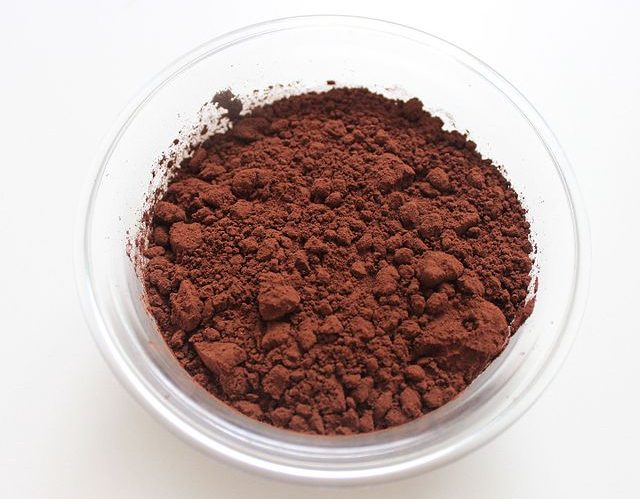Cocoa ended January 18 on a higher note after a slump a day earlier occasioned by mixed demand. This is even as prospects of rain in West Africa bring hope of more supplies to curb present tight supplies..
On January 17, cocoa prices in London and New York had lowered amid unpredictable demand blamed on reigning record-high prices.
The price recovery a day later was due to renewed concerns of dwindling supplies in Asia. On January 18, the Cocoa Association of Asia stated that Asia’s quarter 4 grindings had slumped by 8.5% from 2022’s.
Thus, March cocoa futures gained by 0.22% in New York on January 18. This is despite a slight loss in London of 0.46% on the same day due to mixed demand in Europe. The rate fell to £3,381 per tonne, which was nevertheless slightly better than £3,331 a tonne in late 2023.
Tight Supply Drives Price Amid Rain Prospects
New York’s historically high prices on Thursday helps show the production dent in supply markets.
In Ivory Coast, cocoa exports between October 2023 and mid-January 2023 fell by 37%, year-on-year. Since the country is the biggest cocoa producer in the world, any slight changes there impact world prices.
Luckily, West Africa saw some slight rainfall from November 2023, which gives hope to the current crop. This is despite the region being in the middle of the dry season.
The West African cocoa season runs from October to March, which means a mid-spring 2024 supply rebound.
Farmers in Ivory Coast briefed Reuters of some 7.6 mm of precipitation in the second week of January 2024. This was more than the usual 5.8 mm and it could bode well for the spring crop, nurturing large cocoa beans.
In Ghana, meteorological predictions show the likelihood of rain in the next couple days. In 2023, the country upped farm gate prices by 63% to bolster tight supplies at home and hinder smuggling.
Rains, however, may end the low supplies o
